
For people with COPD, life is often filled with uncertainty: uncertainty about health, uncertainty about the future, and uncertainty about how bad your symptoms will be on a given day. That's why it's especially important for people with COPD have a safe, familiar place to retreat to when they need to get away from the stresses and inconveniences of the outside world.
For most people, that safe space is their home.
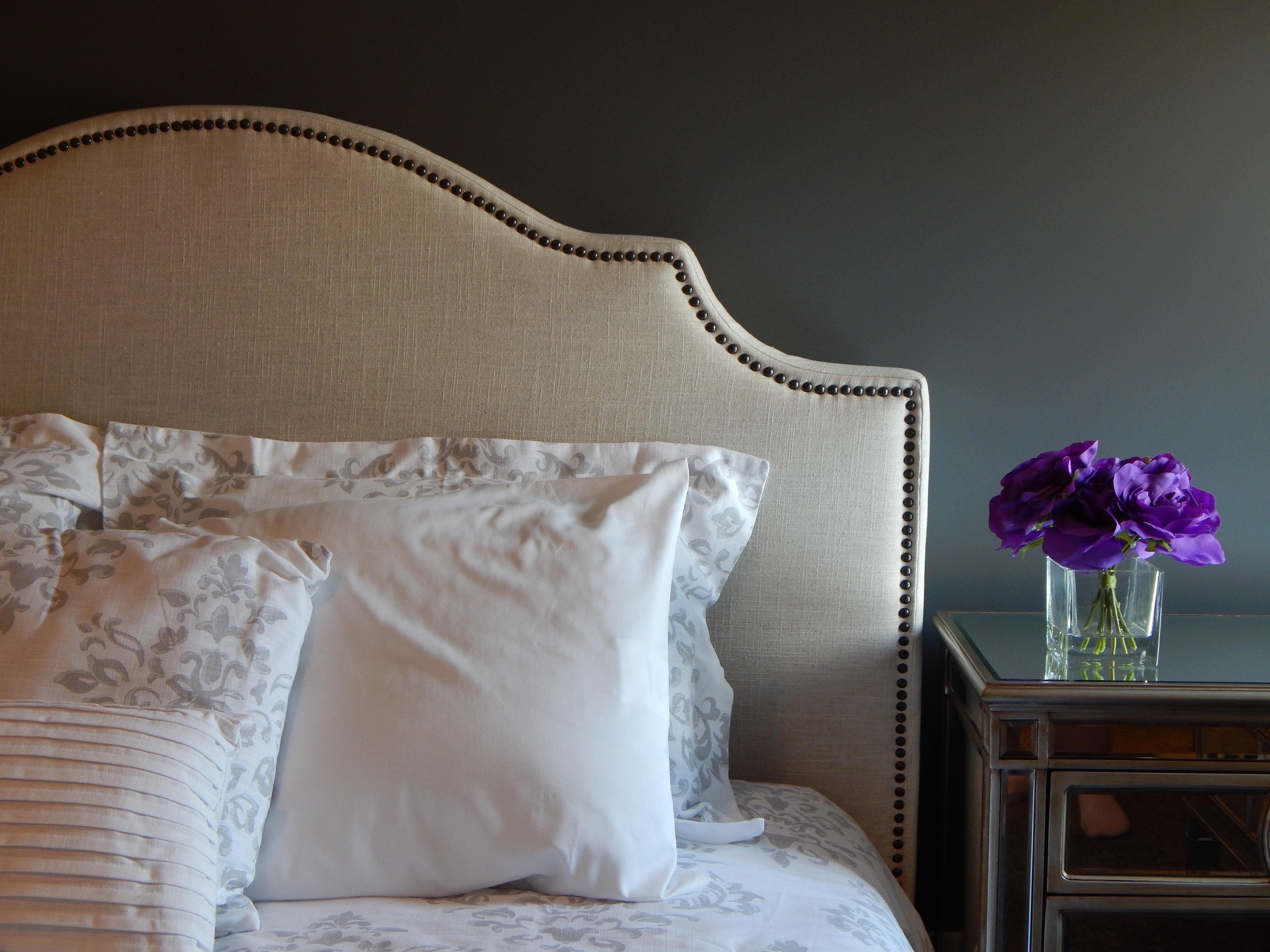
Home is one of the only places where you have the power to control your space and the environment that surrounds you. This is an advantage that you shouldn't take for granted—especially if you have a mobility-limiting condition like COPD.
When you're living with chronic disease and/or disability, the design of the space you live in can be a critical factor in your overall quality of life. It can mean the difference between being able to navigate your home comfortably and not being able to complete basic household tasks.
{{cta('fa8abc2a-1e88-4fa3-82fd-1cb5b9ed43b2','justifycenter')}}
Unfortunately, many people with COPD never get to see their true potential because their home was never adapted to accommodate their COPD. Fortunately, making your home more COPD-friendly doesn't have to be a large or expensive project, regardless of the size or shape of the space.
Even small, simple changes—if made in the right places—can have a significant impact on your everyday life. That's we created this guide to show you how to make any space in your home more accessible, more functional, and more comfortable to live in with COPD.
We cover everything from how to arrange specific rooms to make household tasks less physically taxing to how you can use affordable gadgets and accessibility equipment to make everyday activities more convenient. No matter what kind of budget, time, or skill level you're working with, you can find an idea for something practical, simple, and meaningful you can do.
We'll also cover:
- How to spot problem areas and identify opportunities for improvement in your home
- How to organize your belongings for maximum efficiency and accessibility
- How to optimize your space to save energy and reduce breathlessness at home
- How to eliminate safety hazards and make it easier to move around your home
- How to choose furniture and appliances that require minimal effort and strain to use
- Inexpensive adaptive tools and gadgets to make everyday tasks easier to do with COPD.
Making Your Home a Refuge That Accommodates Your COPD Needs

Your home (or your private living space) is a special, sacred place, because it's one of the only environments you can adapt to fit your personal wants and needs. It's a place where you should feel capable, comfortable and safe—a refuge from the uncertainties of life and the expectations of the outside world.
Home is also where you should be able to live life the way you want to and do the things you love. It should empower you to be as independent as possible, and help you perform daily tasks in a way that's comfortable to you.
This is especially important if you COPD, which can have a significant impact on your mobility, endurance, and overall strength. Having a space that works with rather than against your physical limitations can make a radical difference in your daily life and your ability to live comfortably with COPD.
People with COPD often have special needs that others do not, such as the need to conserve energy, avoid lung irritants, or use supplemental oxygen during the day. These needs can significantly affect how you go about daily activities, but how much they limit your activities depends heavily on how well your living space is designed to accommodate those needs.
Because of this, people with COPD (and other chronic diseases) have more at stake—and more to consider—when arranging their living space. You not only have to think about what you need in the present, but also about how your physical needs abilities might change in the future; for example, when you have an exacerbation, or as your COPD progresses (causing further lung function decline).
Taking It Room by Room
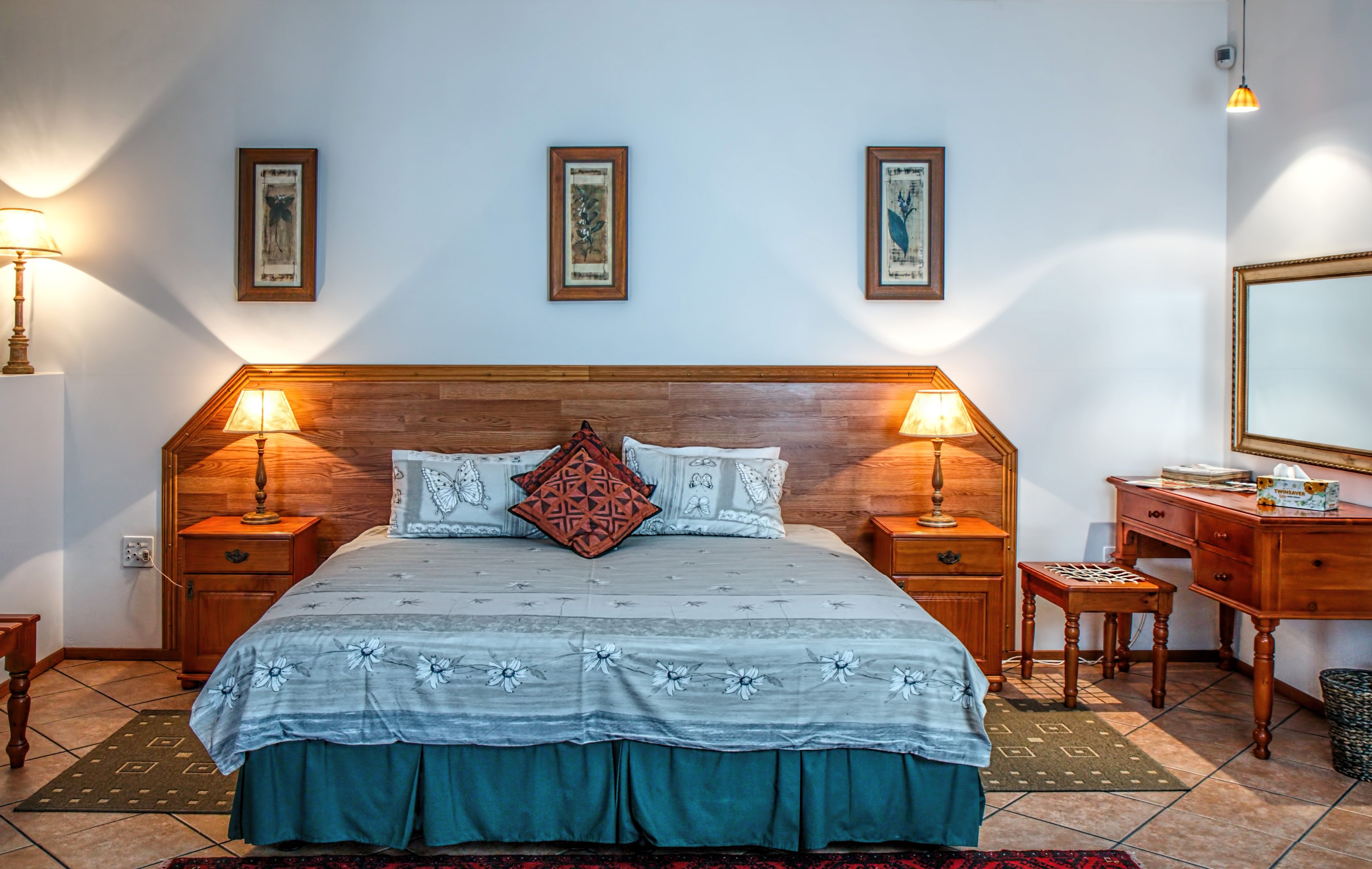
Though we often think about our homes in abstract or aesthetic terms, at its core, a house is primarily a functional space. It's not just a place that you live in, it's a place made up of many distinct rooms and functional areas, each of which is designed for a specific purpose.
Because of this, each separate room or area in your home will have a different set of requirements for “optimal” design. That's why creating a luxurious home is all about creating optimized spaces, and why you have to consider each part of your living space as a separate part of the whole.
That's why, in this guide, we're going go through each room (or functional space) in the home one-by-one. This lets us focus on optimization with an emphasis on the kinds of tasks and activities that tend to be the most difficult for people with COPD.

In the following sections, you'll find a wide variety of tips, techniques, and ideas—both big and small—for how to make your home more comfortable, efficient, and COPD-friendly. Most of them utilize simple tools and straightforward techniques that anyone can pull off with minimal cost and difficulty.
We know that everyone has different preferences, abilities, and constraints to consider, so we did our best to include a little bit of something for everyone. And since each section in this guide addresses a different type of living area, you can easily skip around to find tips for whichever rooms you're most interested in.
Defining the Scope of Your Project

As you begin working on your home, it's important to remember your end goal and what you're really trying to achieve: greater comfort, accessibility, and convenience in your home. Otherwise, it's easy to get caught up in unimportant details or end up working on a totally different project than the one you set out to do.
It's also important to consider the specific parameters of your home improvement project. Everyone has time, budget, and resource limitations, and these limitations will help you determine the scope of what you can and can't do.
Of course, there are also physical limitations to consider, like the amount of space you have to work with and the floor plan of your home. While some people can afford to make extensive renovations or move to a more accessible home, many people can't, which is why the focus of this guide is how to do the best you can with the space you already have.
However, it's important to be realistic about the things you can and can't change or control in your home. Doing so will help you get the most out of your efforts by directing your energy and resources toward the the things that will make the most difference.
Still, limitations don't have to be the end-all-be-all, and you don't have to let them discourage you or stop you in your tracks. Even when you're faced with unchangeable circumstances, you might still be able to get at least some of what you want, even if you have to go about it in a different way.
For example, if you live in a multi-level home, you might not be able to change the fact that you have to go up and down stairs. However, you can make your stairs easier to navigate, or organize your home in such a way that you don't have use the stairs as often.
Whenever you run in to snags or difficulties, try to take a step back and consider different approaches. That's the best thing about taking the initiative to improve your space on your own; you can be as creative and unconventional as you want to be, as long as the end results work for you.
Things to Keep Mind For Any Space
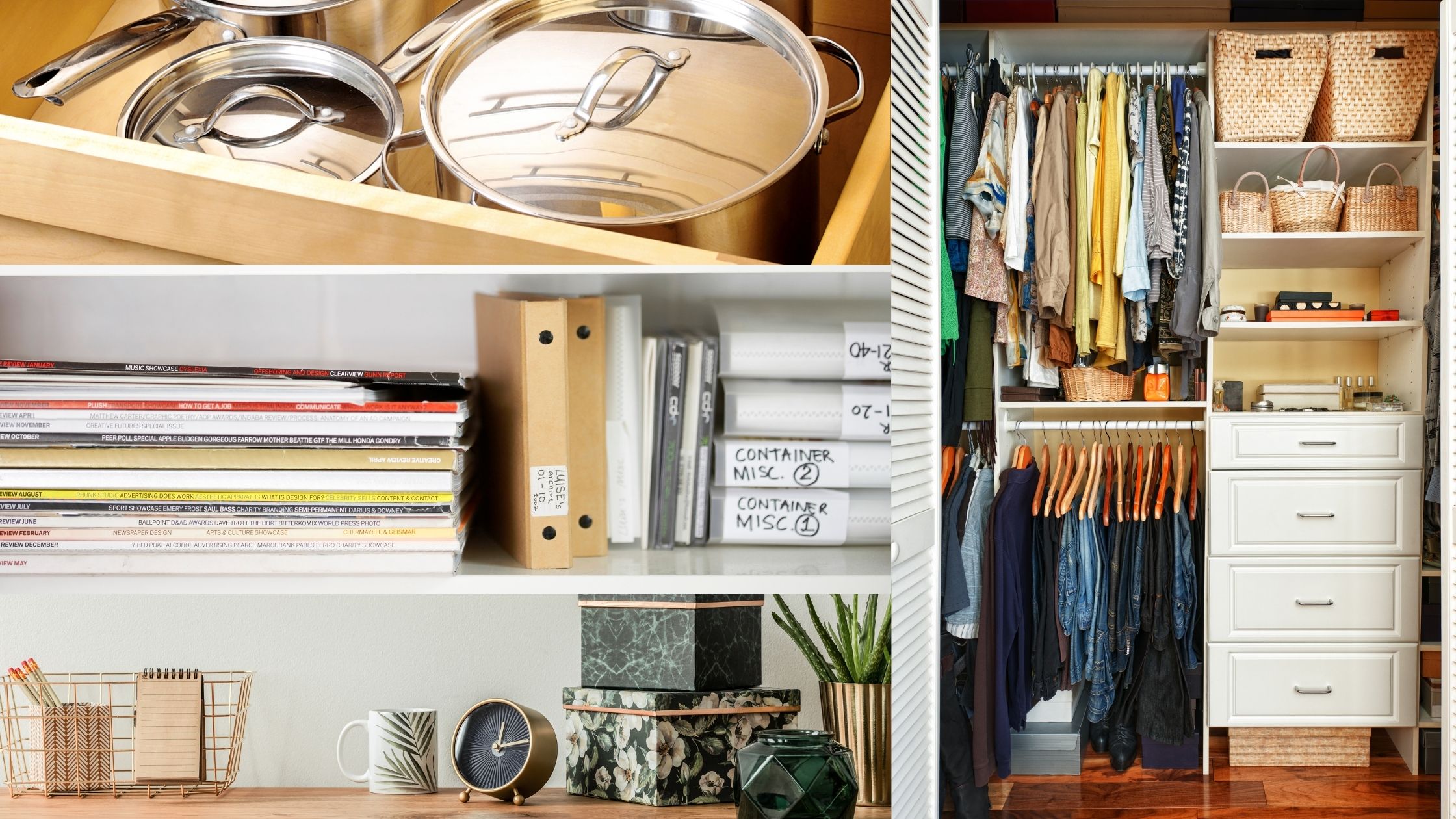
Starting any kind of home improvement project can be a daunting task, but you don't have to jump into it blind. Knowing some basic home design principles and organizational techniques can help guide you through a wide range of different projects in every area of your home.
Here are some tips to help you help you get started—and stay focused—no matter what part of your home you're working to improve:
- Start by identifying problem areas, clutter, and sources of inconvenience or strain.
- Prioritize the areas that get the most use and matter most to you.
- Pay close attention to how each room's design and furniture layout affects how you use and navigate the space.
- Arrange each area to facilitate the activities you do most often, or the activities that you struggle with most because of your COPD
- Organize things by category and function so you don't have similar items spread out (and likely forgotten) between multiple rooms.
- Minimize clutter by making space to store all of your belongings; as the old saying goes, there should be “a place for everything, and everything in its place.”
- In general, stick with simple solutions; complex designs and intricate organizational systems are difficult to pull off.
While the rest of this guide focuses on room-specific strategies, we'll continue to discuss these and other general organizing principles throughout this guide. That's why we recommend reading through all of the following sections, even if you only plan to work on a certain part of your home; you might find an idea or find inspiration in one section that can be adapted to a variety of different rooms.
Improving Your Home for COPD Room by Room
The Bathroom
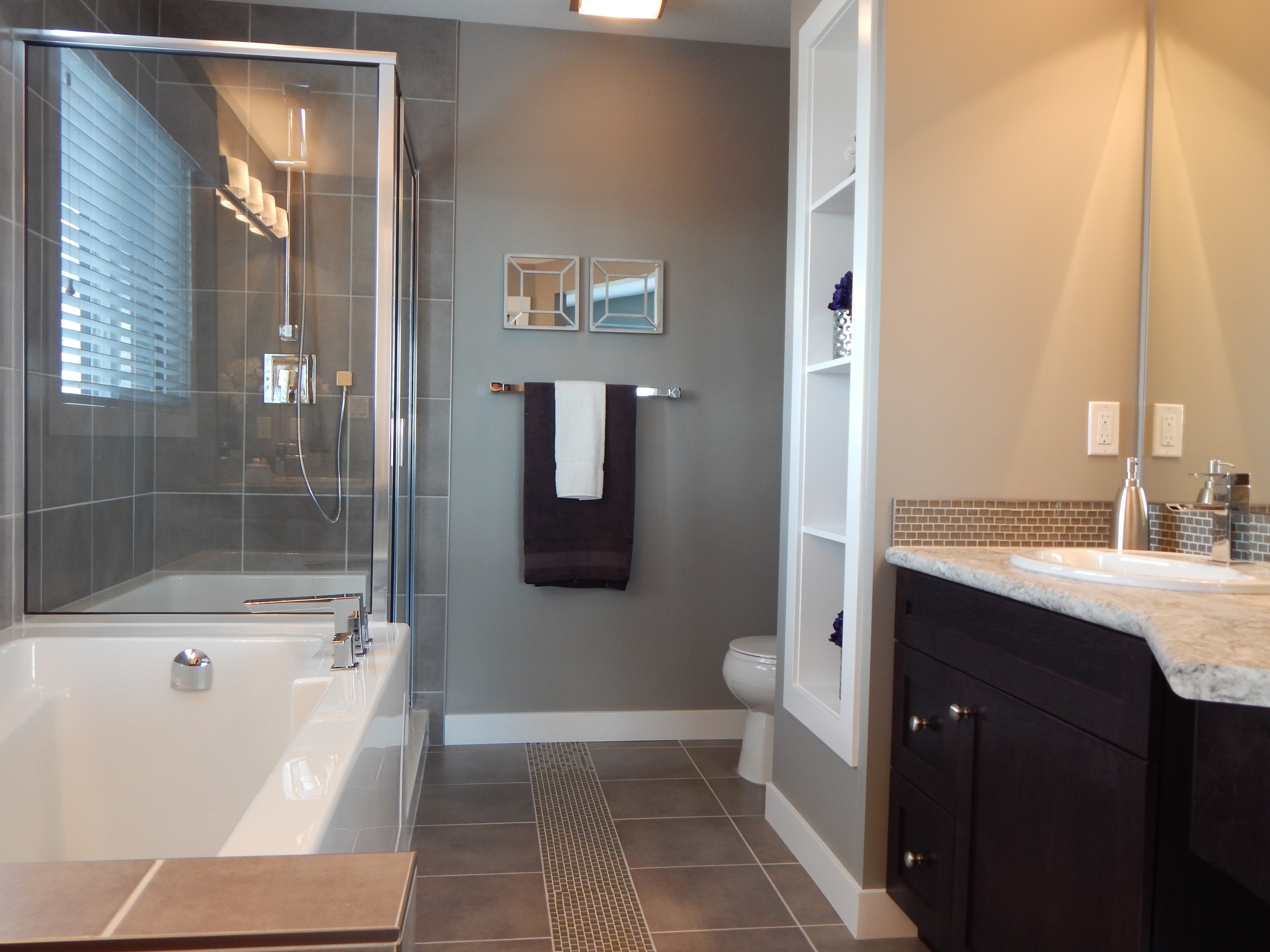
Let's start by talking about the bathroom, a unique space that serves as a multi-functional hub for a variety of different hygiene and grooming activities. The bathroom plays a huge role in most people's morning and evening routines, and can even be a place for relaxation and respite during the day.
Unfortunately, bathrooms can also be difficult spaces to navigate (and tolerate) if you have COPD.
First, bathrooms tend to be full of mobility barriers like tight spaces, slick surfaces, and tall tub sides. Second, bathrooms tend to have more air quality issues than other places in the home due to their propensity to collect mold, trap excess humidity, and accumulate noxious cleaning product fumes.
Luckily, there are many ways to make your bathroom more accessible and keep the air inside it fresh. Mostly, it comes down to establishing proper ventilation, practical organization, and outfitting your bathroom with a few key features to mitigate safety and mobility concerns.
Because everyone uses the bathroom so often, it's important to make it a place that feels comfortable, functional, and safe. With some work, you can even turn it into a place you want to spend time in, which can open up new opportunities for pampering and self care.
Organizing Your Bathroom for More Practical Use
Bathrooms, like most frequently-used spaces in the home, are prone to clutter and disorganization. It's easy to end up with crowded cabinets full of disorganized bath and skincare products while everyday toiletries and medicine bottles pile up on the counter top.
This is especially true for small bathrooms that have limited storage space. That's why, in most cases, organizing and paring down all your bathroom belongings is the best place to start.
First, get everything out of your cabinets, drawers, and all the other nooks and crannies in your bathroom. Then, sort those items by priority: what do you and others in your household use every day, versus every week, down to those that you very seldom (or not at all).
Next, it's time to pare things down. Consider what actually needs to be in the bathroom, what would be better stored elsewhere, and what you wouldn't mind getting rid of altogether.
If you've whittled it down to the essentials but you still don't have enough room to store everything neatly, you might need to expand your bathroom storage capacity. There are plenty of ways to do this without having to add any permanent cabinets or shelving; for example, you could use cabinet organizers, over-the-door storage devices, or small, stackable plastic storage containers

When you put all your belongings back, do it neatly and in order of importance, placing the most frequently-used items in the most convenient-to-reach places. This will ensure that you can access everyday items with the minimal amount of physical strain.
Make Your Shower a Safer and More Comfortable Place to Be
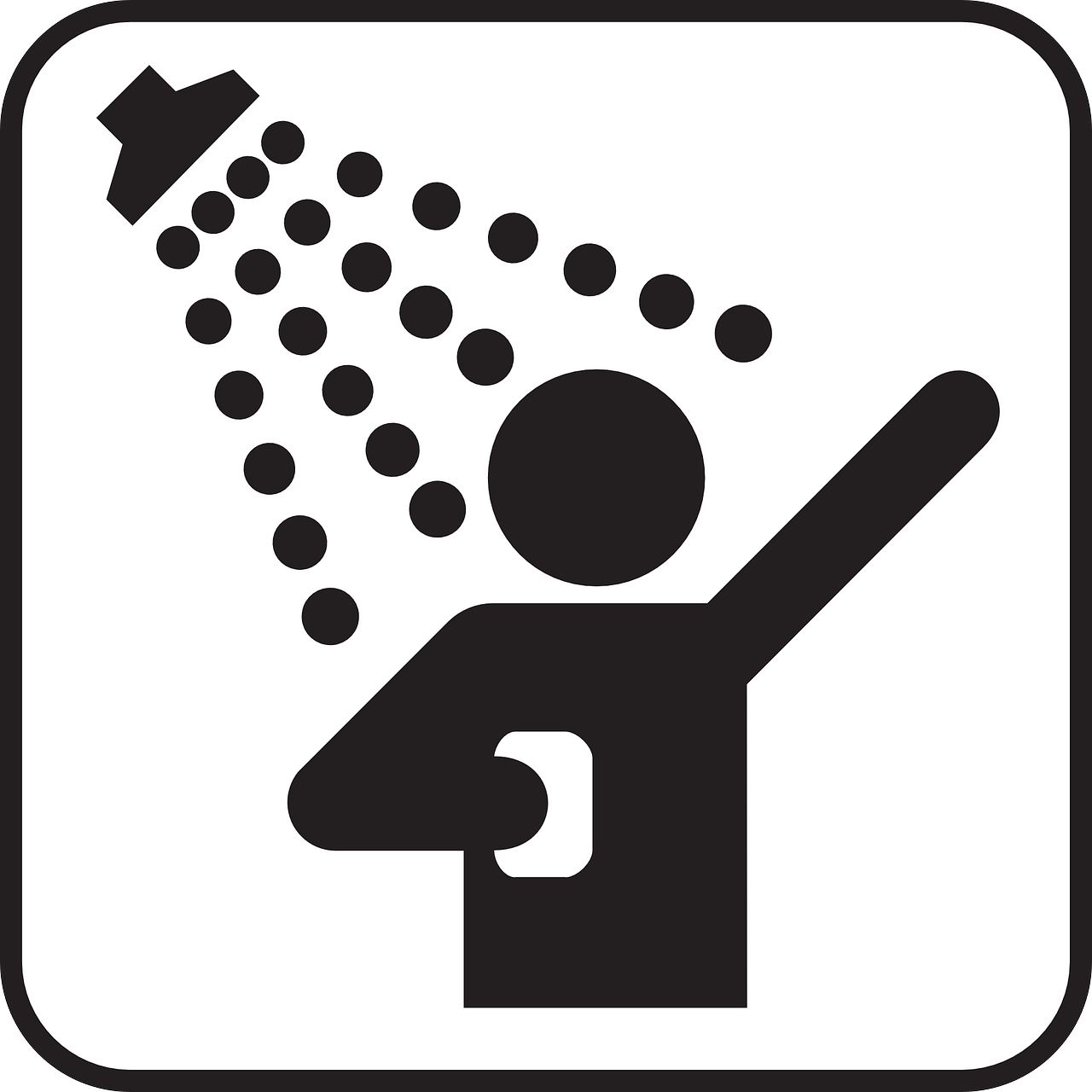
Showering is often a challenge for people with COPD, and many find it to be the most taxing part of their daily routine. When you combine the heat and humidity with physical strain of standing and washing, showering is a recipe for breathlessness if you don't have the right tools.
Luckily, you can make showering much more tolerable—and even pleasant—in just a few simple steps. First, you need to establish good ventilation in your bathroom, and then consider installing some basic (and relatively inexpensive) accessibility aids.
Proper Ventilation
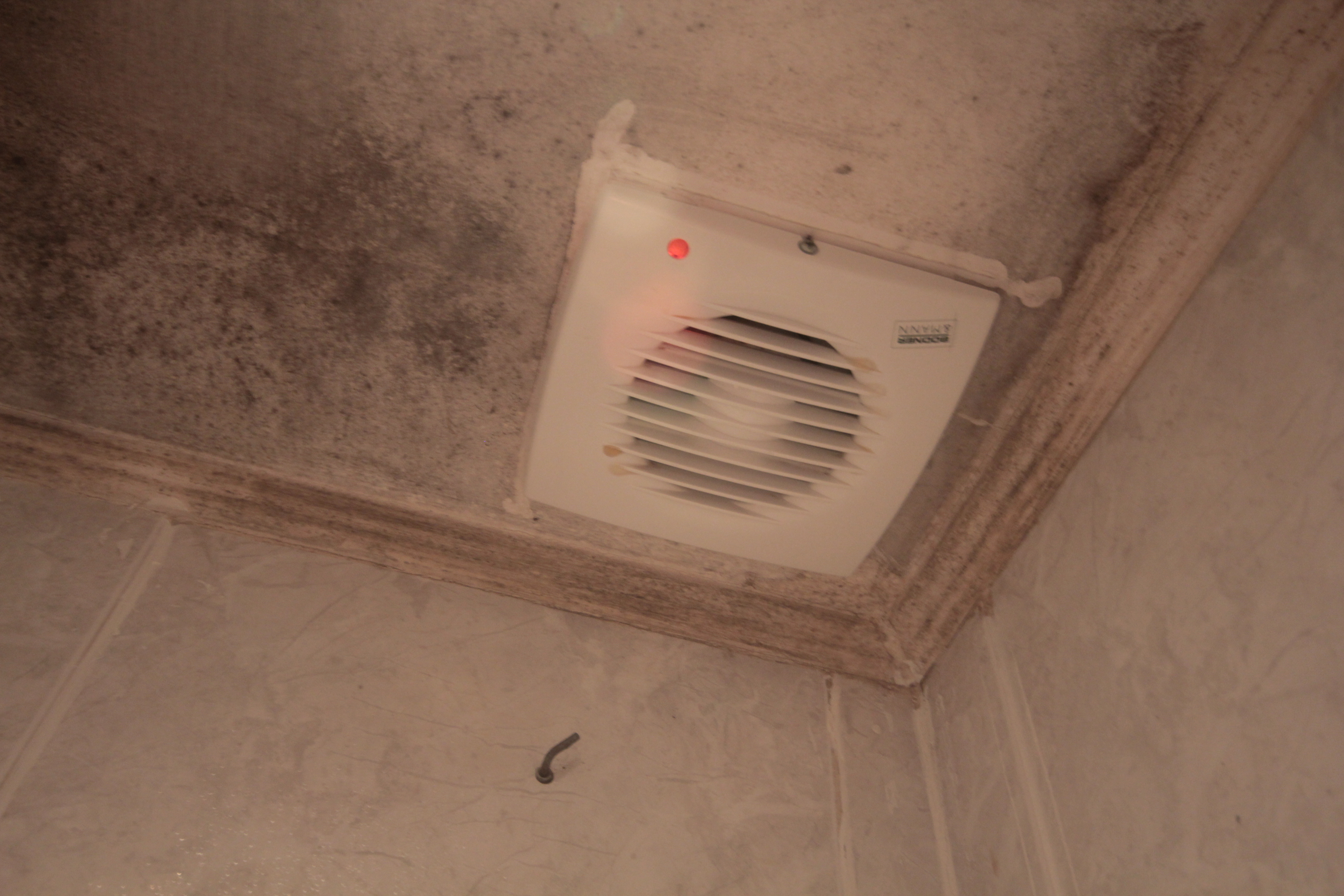
Ventilating your bathroom sucks away excess heat and humidity, making it easier to breathe while you bathe. It also helps to get rid of stagnant humidity after you're out of the shower, reducing the risk that air-polluting mold will grow.
It's also important to ventilate the bathroom when you clean it to protect your lungs from the harmful fumes that many cleaning products generate. This is especially important for small, enclosed bathroom spaces that tend to trap and concentrate noxious fumes.
There are many different ways to ventilate your bathroom, and the easiest by far is by using a proper ventilation fan, the kind that's usually installed in the ceiling and turns on with a switch. Alternatively, you can open up the windows and doors attached to the bathroom and help the airflow along using one or more fans.

Equipment that can help you improve your bathroom ventilation:
- A well-functioning ventilation fan that vents outdoors
- A window fan that adjusts to fit snugly in your window frame
- A standing fan or table fan to blow air out the windows and/or doors
Safe & Comfy Floors
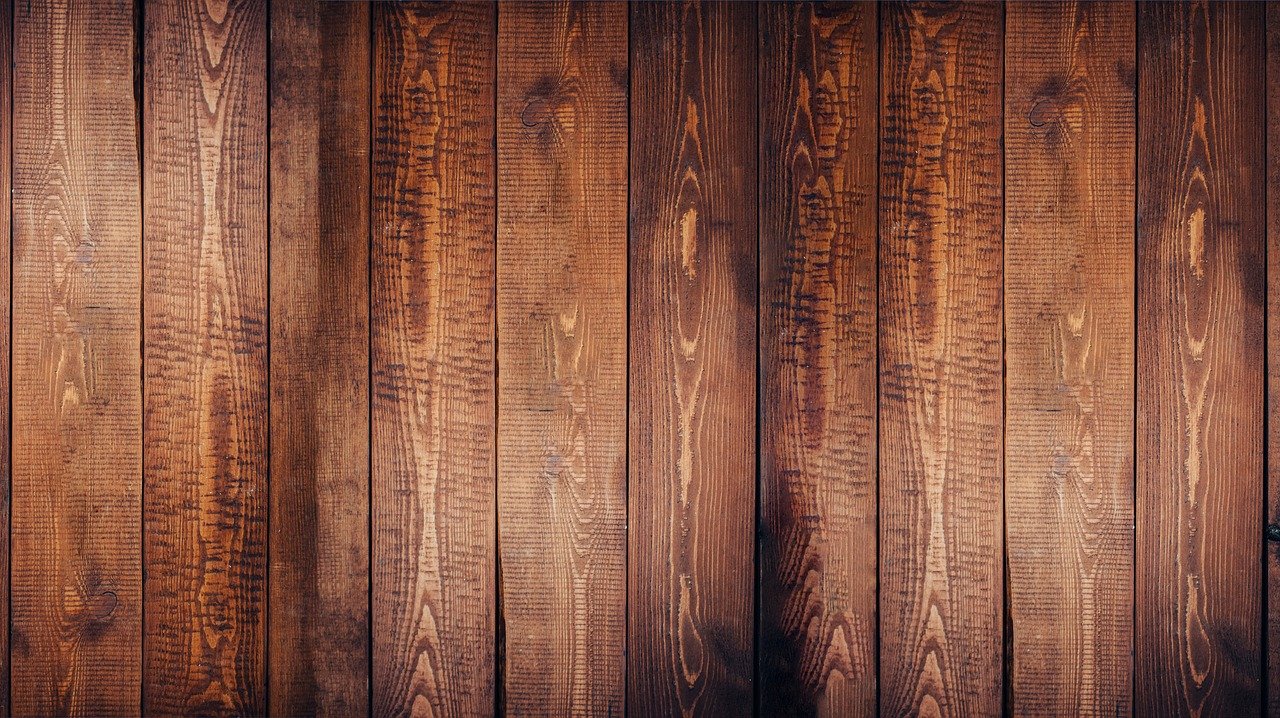
Drips and splashes are inevitable in the bathroom, which—unless your bathroom is carpeted—leads to damp, slick floors. This can be a very dangerous fall risk, not to mention an uncomfortable inconvenience when you step into a cold puddle on the floor.
That's why, if your bathroom has hard flooring, it's a good idea to place a non-slip bath mat near the shower and/or sink. Just make sure you choose a mat that's not too bulky (to reduce the risk of tripping over the edges) and has a sufficiently grippy rubber backing to hold it firmly in place on the floor.
That said, you should never use throw rugs or traditional bath mats (that don't have non-slip backings), as they can significantly increase your risk of trips and falls. In fact, studies show that poorly-secured bath mats are one of the biggest causes of fall injuries in the home.
In addition to the safety benefits, a non-slip bath mat is an extremely simple and affordable way to add an extra bit of luxury to your bathroom. Even though it's a simple comfort, having a soft, warm mat to greet you in when you step out of the shower, or when you make a bare-footed trip to the bathroom in the middle of the night, is something that you can enjoy and appreciate every day.
Shower Accessibility Tools
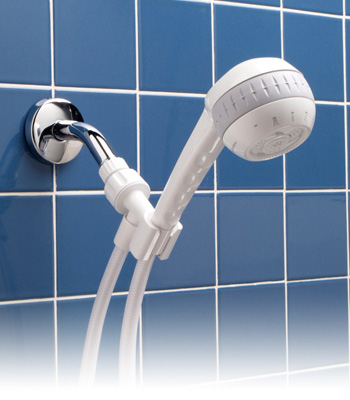
There are lots of different adaptive aids and equipment to help in the bathroom, and most are designed to make the bath and shower easier to use. They include shower chairs, handles, and bars to provide extra stability, as well as equipment that makes it easier to wash yourself when you bathe.
Here is a list of some of the most common and practical shower accessibility tools:
- In-shower handles and bars: these make it easier to stabilize yourself in the shower and reduces the risk of falling when you get in and out of the tub (avoid handles that use suction cups or other insecure methods of attaching to the wall).
- In-tub non-slip mat: this can help you get extra grip on the floor in the bathtub while providing a softer, more comfortable surface for your feet.
- Shower chair: this allows you sit while you shower, which not only helps you save energy (which reduces breathlessness), but also significantly reduces your risk of slipping on the slick floor.
- Removable, Hand-Held Shower Head: this type of shower head gives you full control over the water angle and flow, a must-have if you shower sitting down in a shower chair.
- Long-handled scrub brush: this can help you reach all areas of your body without having to strain or contort yourself.
- Tub Transfer Bench: this is a simple seat that forms a bridge over the edge of the tub so that you can easily sit and slide yourself over to get into the tub.
- Raised toilet seat or toilet safety frame: either or both of these are great solutions for those who struggle to get up and down from a sitting position, or get breathless doing so because of their COPD.
Addressing Mold and Other Air Quality Problems
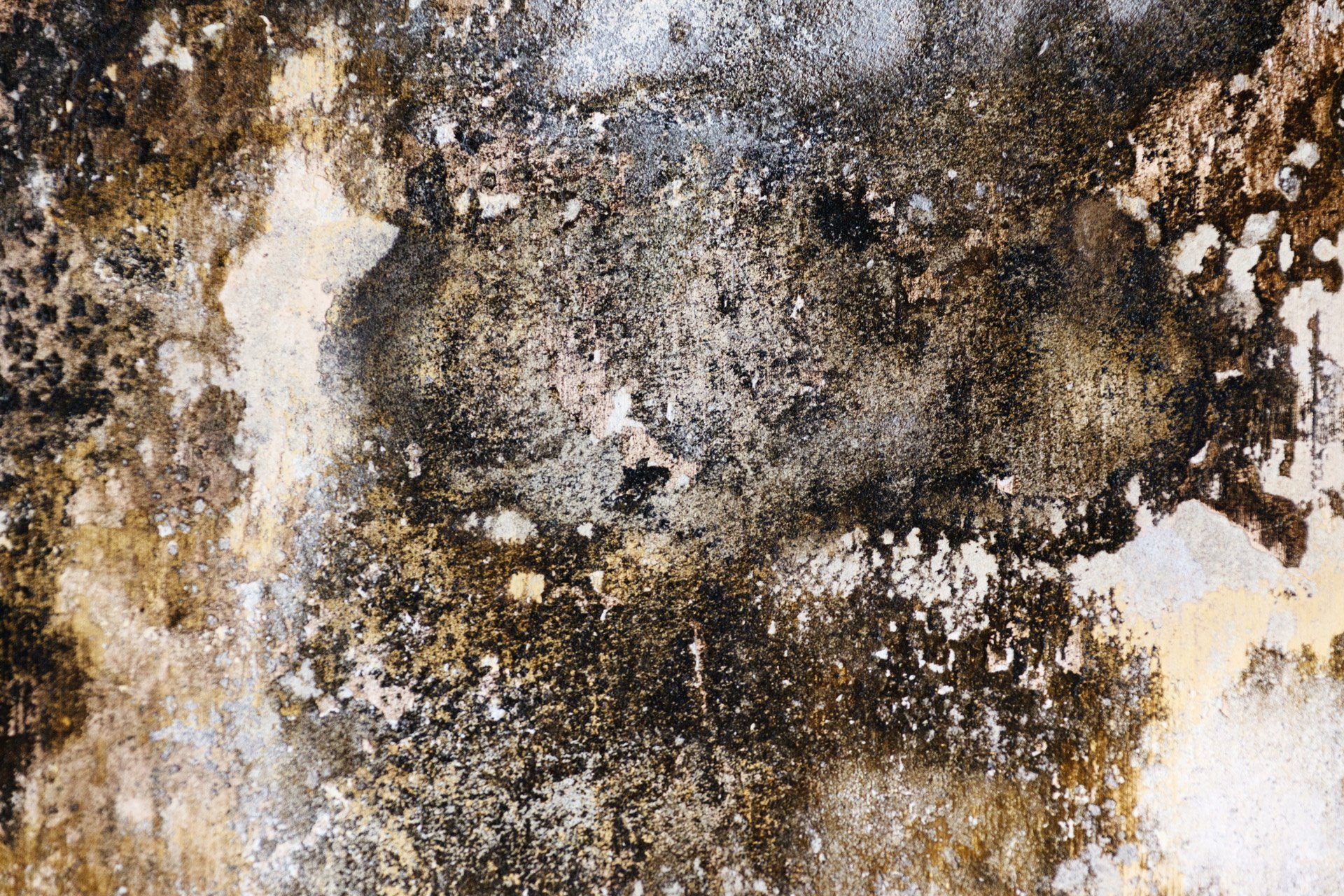
There are a number of causes of air quality problems in the bathroom, the main culprits being mold, strongly-scented products, and noxious cleaning fumes. Mold tends to be the most dangerous because it can hide in unseen places and continually release toxic spores that can damage your lungs.
It's important to check your bathroom for mold regularly, keeping an eye out for black spots or a musty, moldy smell. If you find mold, get it cleaned up immediately to prevent it from spreading or causing structural damage to floors, ceilings, and walls.
In most situations, it's best to let someone else do the cleaning; messing with mold tends to stir up the spores, which can be dangerous for sensitive lungs. Consider asking a friend or family member to help you take care of minor mold problems or hire a professional for bigger jobs.
You should also pay attention to what kinds of products you (and others in your household) use; do any of them make you cough, feel breathless, or otherwise irritate your lungs? Strong fragrances are a common COPD trigger, and many people find it easier to breathe when they use unscented and fragrance-free products in their home.
If your lungs are scent-sensitive, you should also avoid using air fresheners and aerosol spray products, especially in an enclosed bathroom space. You should also avoid using noxious cleaning products (opting instead for lung-safe alternatives) and make sure to let the bathroom air out after it's cleaned.
The Bedroom
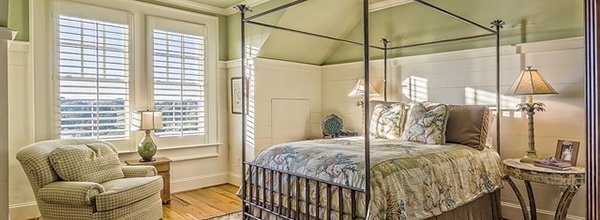
While the bedroom might not seem like a top-priority place for a re-design, your bedroom is actually one of the more important environments in the home. Your bedroom not only sets the stage for how you start and end your day, but it also plays a major role in your ability to get a good night's sleep.
This is especially important for people with COPD, who often experience difficulty getting to sleep and staying asleep at night. And while changing up your bedroom won't solve all of your sleeping problems, it can help you control certain COPD triggers and create an environment that's more conducive to sleep.
To do this, you need to consider ambient factors, like temperature and noise control, in addition to tangible factors like bedding, furniture layout, and décor. You might be surprised at how much a bit of optimization in the bedroom can improve your sleep and quality of life.
Making Your Bed More COPD-Friendly

If you're going to optimize anything in your bedroom, your actual bed is probably the best place to start. It's centerpiece of every bedroom and, arguably, the most important piece of furniture you own, since you spend hours lying in bed every single night.
Making your bed more comfortable starts with the mattress and bedding, both of which should be comfortable and suited to your temperature needs. If you tend to get hot at night, for example, you might want to avoid memory foam mattresses and thermal bedding that are more likely to make you overheat.
You should also make sure to wash your sheets and blankets often to get rid of dust, allergens, and other irritants that can accumulate in your bedding and aggravate your COPD. This is especially important if your lungs are very sensitive or you notice your COPD symptoms getting worse after you go to bed.
It's also important to have the right tools for good sleep posture, which often means having some extra pillows for support. Whether you prefer to lay on your back, side, or stomach, some extra cushioning in the right places can help you sleep more comfortably and keep your spine aligned correctly while you sleep.

Some experts suggest that sleeping on

